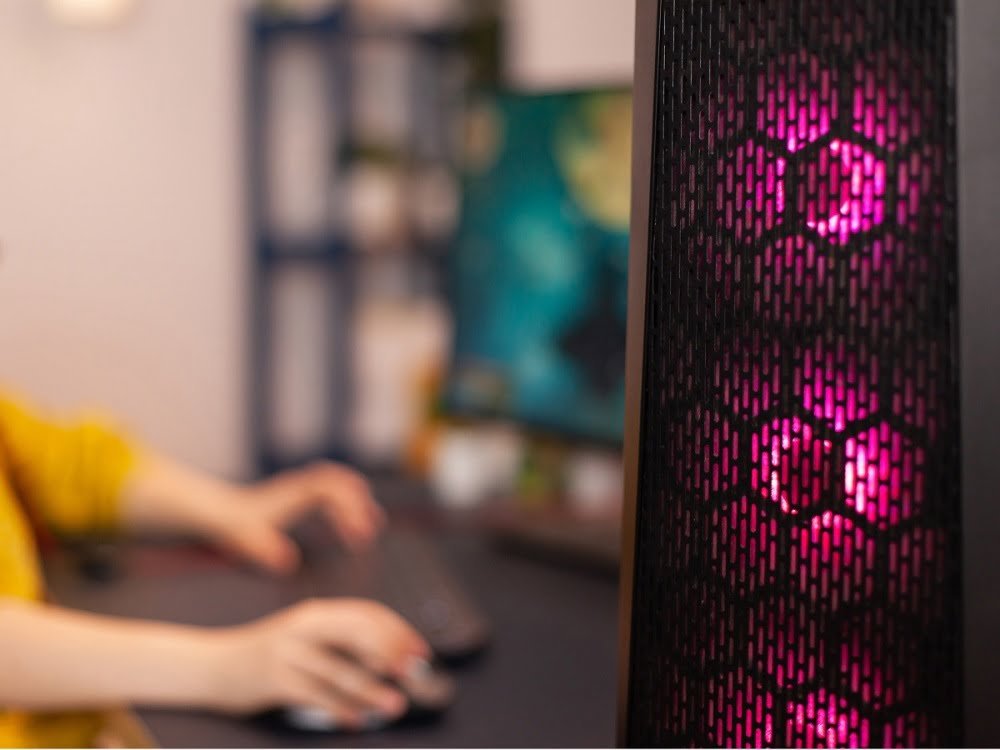C fans are an essential part of a computer’s cooling system. They work to circulate air around the machine, keeping it cool and preventing it from overheating. But if your PC is running too hot, or you notice that the fans are starting to make a lot of noise, you may need to take some steps to control them.
Table of Contents
What causes PC fans to overheat?
There are a few things that can cause PC fans to overheat. The most common culprit is dust or debris build-up inside the fan grill, blocking the airflow. Overheating also can be caused by a system running too much graphics or processing power. If your PC’s fan doesn’t seem to be moving enough air, you can try moving it closer to the CPU or graphics card. Finally, make sure your computer case is properly sealed and not allowing dust and other particles to enter the computer.
How to prevent fans from overheating
Overheating is a common problem with computer fans. By following these simple steps, you can keep your computer fans from spinning too quickly and causing your machine to overheat.
1. Make sure all of your computer’s vents are clear. If there are any obstructions, the fan will have to work harder to move air, and that will cause it to spin faster.
2. Make sure your computer is seated properly in its housing. A loose motherboard or CPU may cause the fan to spin more rapidly. When you replace a component, be sure to check its placement before turning on your computer.
3. Check your operating temperature. If it’s above 60 degrees Fahrenheit, the fan may need to spin faster in order to move enough air. Try running a cooling program such as Speedfan or Coolmaxx while your PC is idle so that the fan can run at a slower speed when it’s needed most.
4. Keep an eye on your CPU temps when gaming or using demanding applications – if they spike too high, reduce the graphics quality or put the computer into
How to Troubleshoot Fan Problems
If you are experiencing fan problems with your PC, there are a few things you can do to troubleshoot and fix the issue. The first step is to assess the situation and determine what might be causing the problem. Next, try to isolate the issue by checking the fans and related hardware one by one. If you still have trouble, you can try using a computer fan controller to regulate fan speeds. Finally, if all else fails, you can replace or repair the affected fans.
Tips for controlling PC temperatures
One of the most important things you can do to control your computer’s temperatures is to control the fans. By adjusting the fan speeds, you can regulate how much heat your computer produces. Here are a few tips for controlling PC fan speeds:
1) Make sure all of your components are fully cooled before adjusting fan speeds. Overheating will cause your fans to spin faster, which will increase noise and heat output.
2) When temperatures start to climb, begin by increasing the fan speed on low-powered components (such as your laptop’s processor and hard drive). After those components have cooled down, adjust the fan speed on higher-powered components (like your graphics card and monitor) accordingly.
3) Always consult a qualified technician when making changes to your computer’s cooling system. Improperly adjusting fan speeds could result in damage to your hardware or computer system itself.
Conclusion
If you’re like most PC users, you probably don’t want your fans blasting all day long. In this guide, we’ll show you how to control your PC’s fan speeds and make your computer more efficient. By following these tips, you’ll be able to save energy and keep your system running smoothly.










